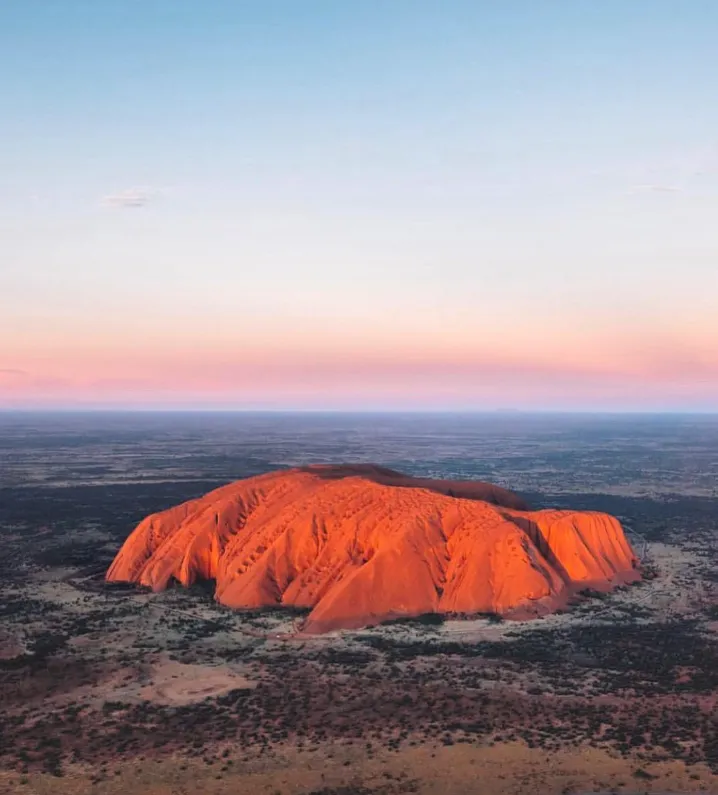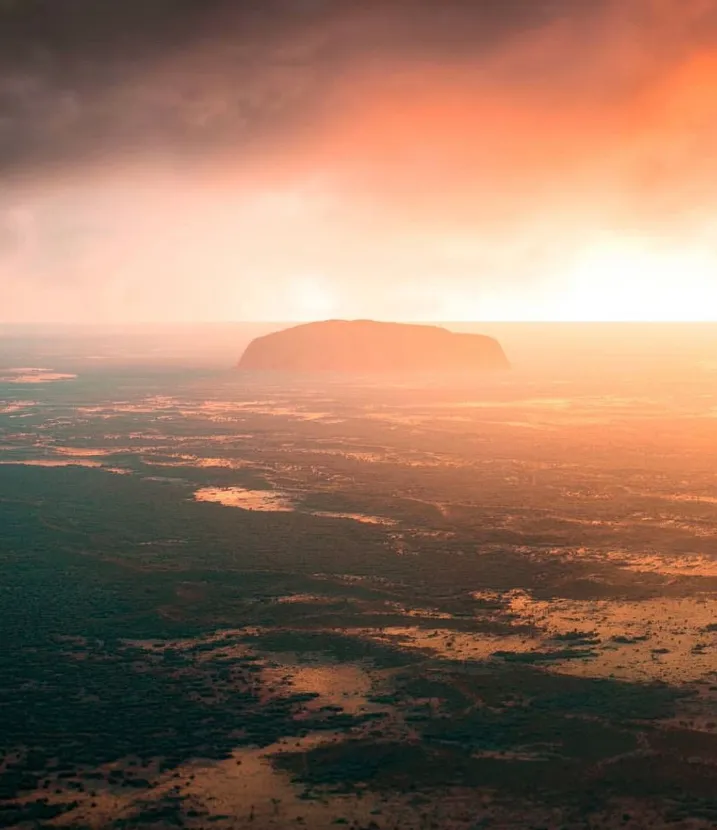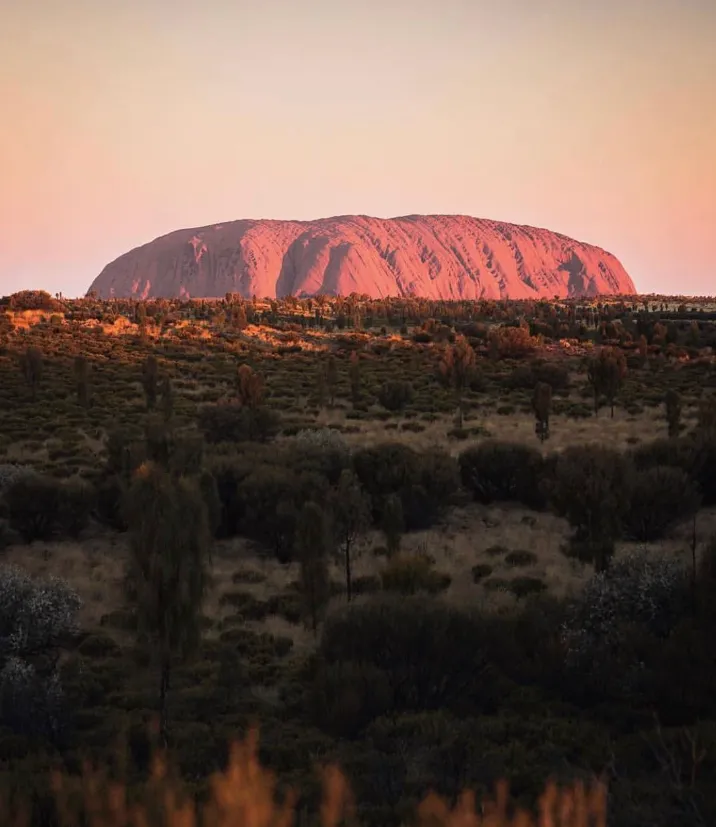Sunrise at Uluru
Experience the breathtaking beauty of a sunrise at Uluru, a truly unforgettable moment that should be on everyone’s bucket list.
Uluru is famous for its stunning sunrises
Watching the sunrise at Uluru-Kata Tjuta National Park is a unique and unforgettable experience. The vast desert landscape, swaying grasses, and changing rock textures create a spectacular sight.
The sunrise viewing areas are positioned to capture sunlight on the rock formations, providing a vibrant spectacle. Visiting a viewing area at dawn or sunset is advisable for a distinctive viewpoint.The Uluru-Kata Tjuta National Park offers five designated viewing areas for enjoying and photographing the scenic beauty and several quieter spots throughout the park to experience the sunrise. Sunrise times at Uluru vary yearly due to seasonal changes and daylight savings. It is advisable to check the weather forecast and sunrise time the day before your visit. Below is a summary of sunrise times at Uluru.
The times of summer sunrises
In Australia’s summer months of December to February, the sunrise times are between 5:45 am and 6:30 am. Days are longer, and the sun rises earlier and sets later. It’s an excellent time to enjoy long stretches of sunlight but be prepared for the hot weather of the Australian desert.

The times of winter sunrises
In Australia’s winter, sunrise times typically range from about 7:15 am to 7:30 am. During this time, the days have shorter daylight hours, with the sun rising later and setting earlier. The weather at Uluru is moderate at this time, making it a perfect time to visit. Remember to pack layers for the cooler evenings.
The times of spring sunrises
From September to November, sunrise times range from 5:45 am to 7:00 am. As the length of the days increases, sunrise will occur earlier. As the weather warms up, consider packing layers for your trip. Pack light clothing for the daytime and warmer layers for the cooler nights.

Popular spots to watch the sunrise in Uluru
Watching the sunrise at Uluru is recommended for visitors, as it is a magical experience. It is worth waking up early to witness this natural beauty, with many great viewing spots available.
Talinguru Nyakunytjaku is Uluru’s primary sunrise viewing location. It can become crowded at sunrise, so you can explore one of the walking tracks if you prefer a quieter spot.
The Minymaku Walk lasts 30 minutes and provides information on women’s traditions and children’s games.
The Watiku walk is a 45-minute experience where visitors learn about traditional practices such as tool-making and fire hunting.
What sets sunrise trips to Uluru apart?







